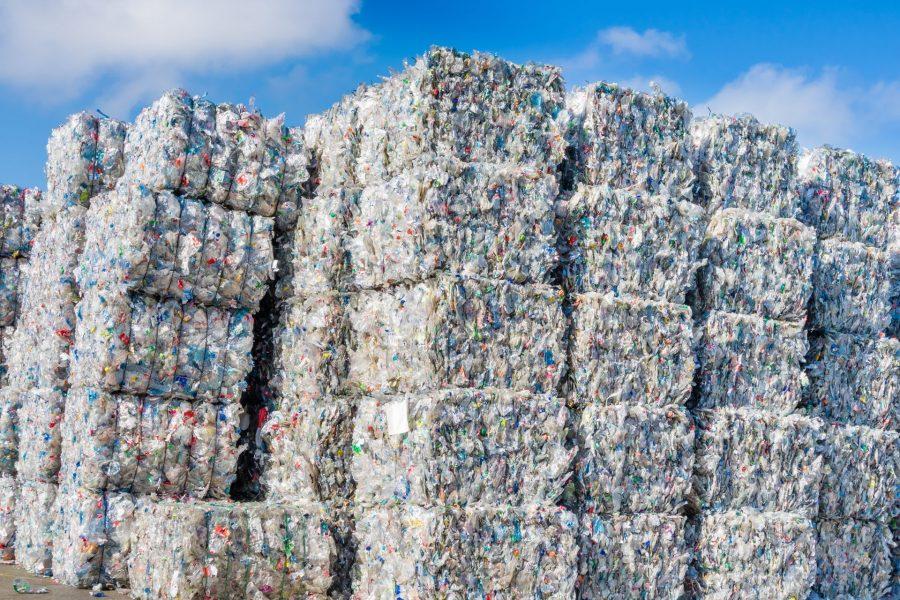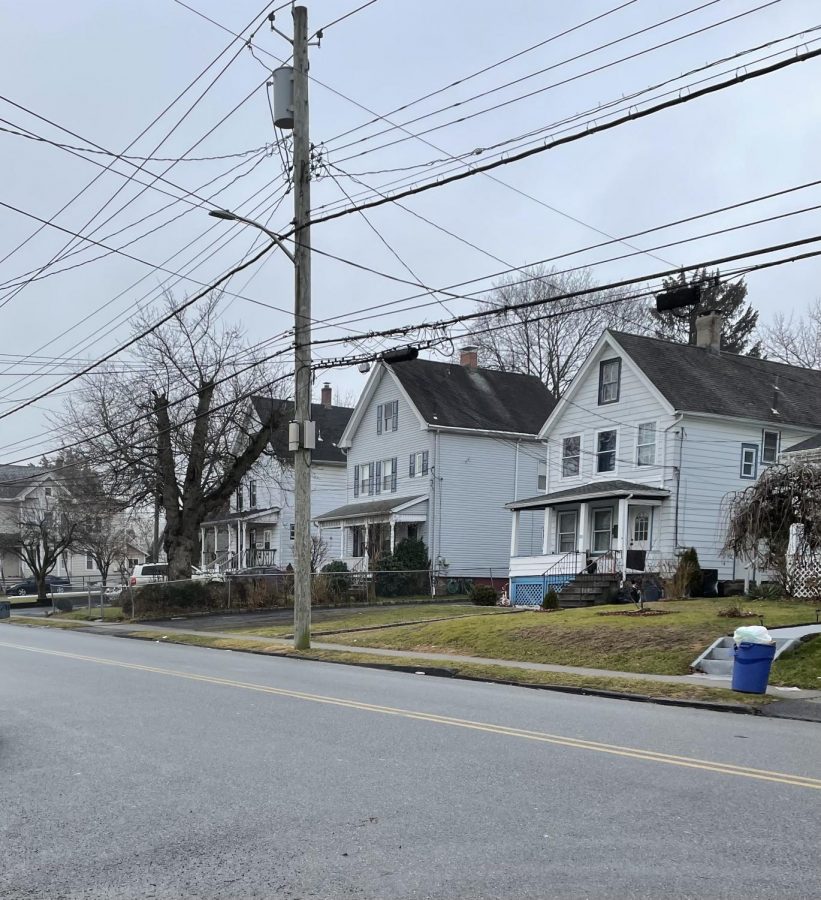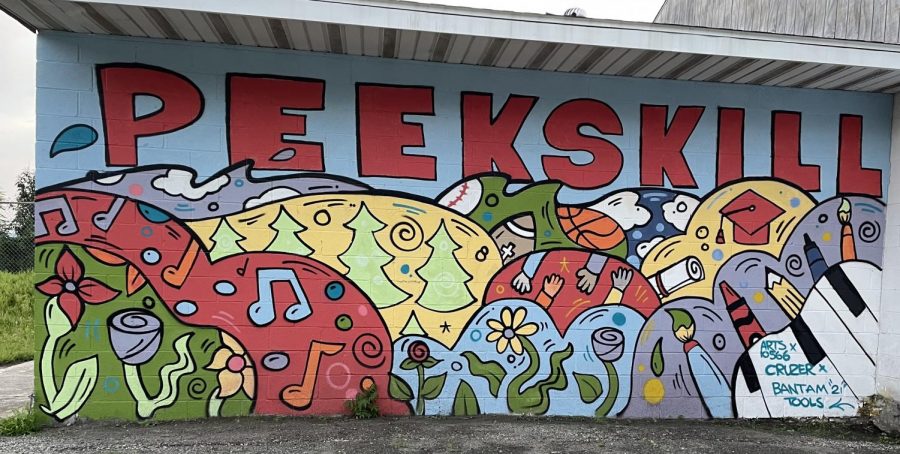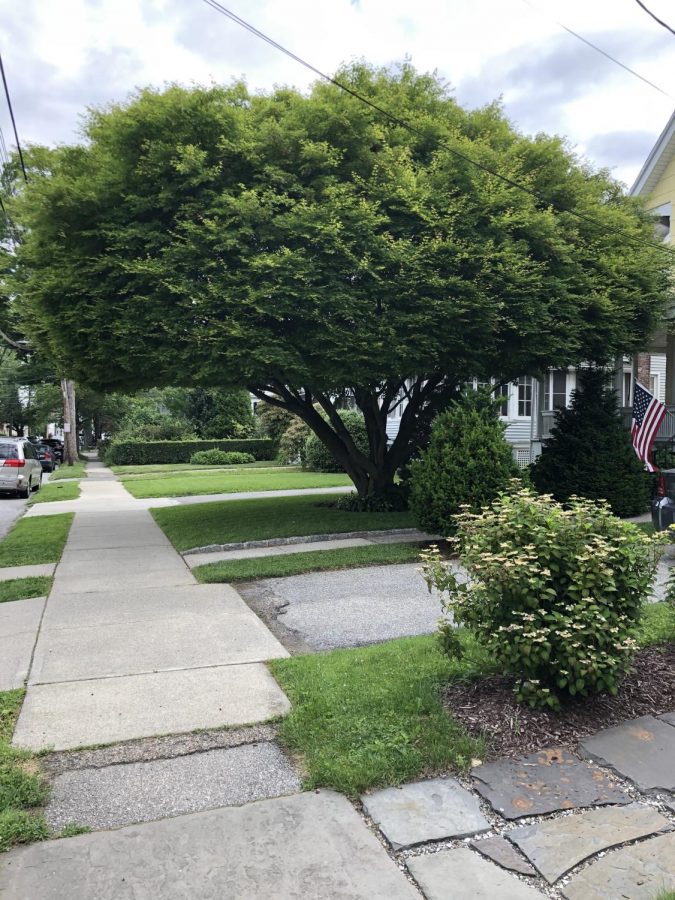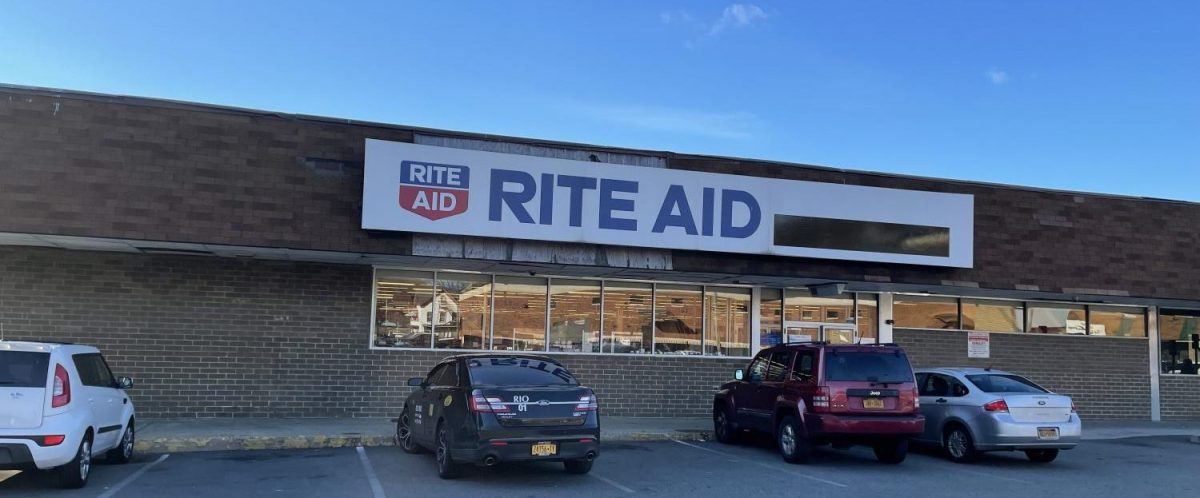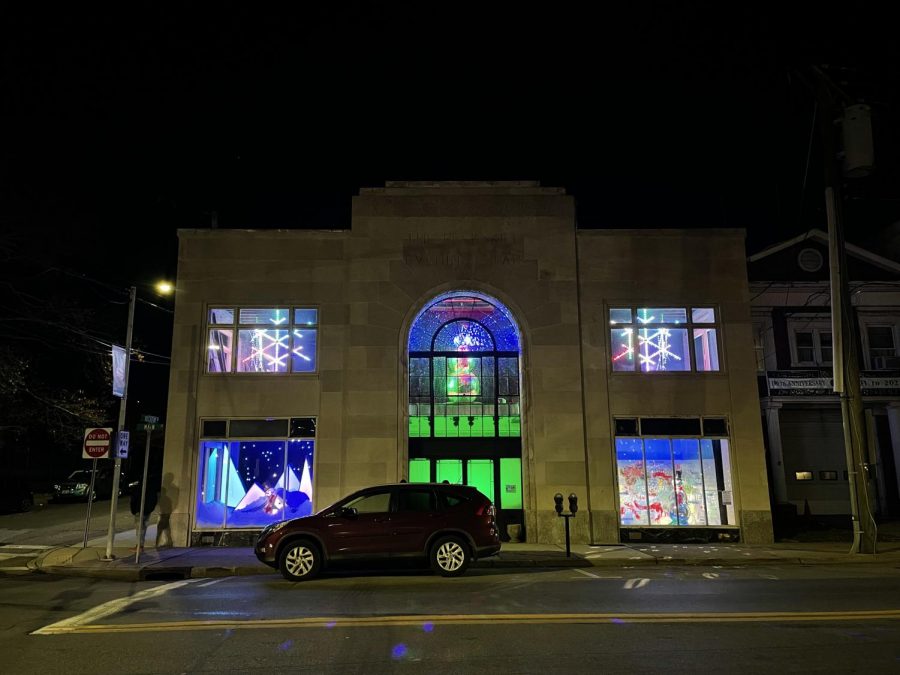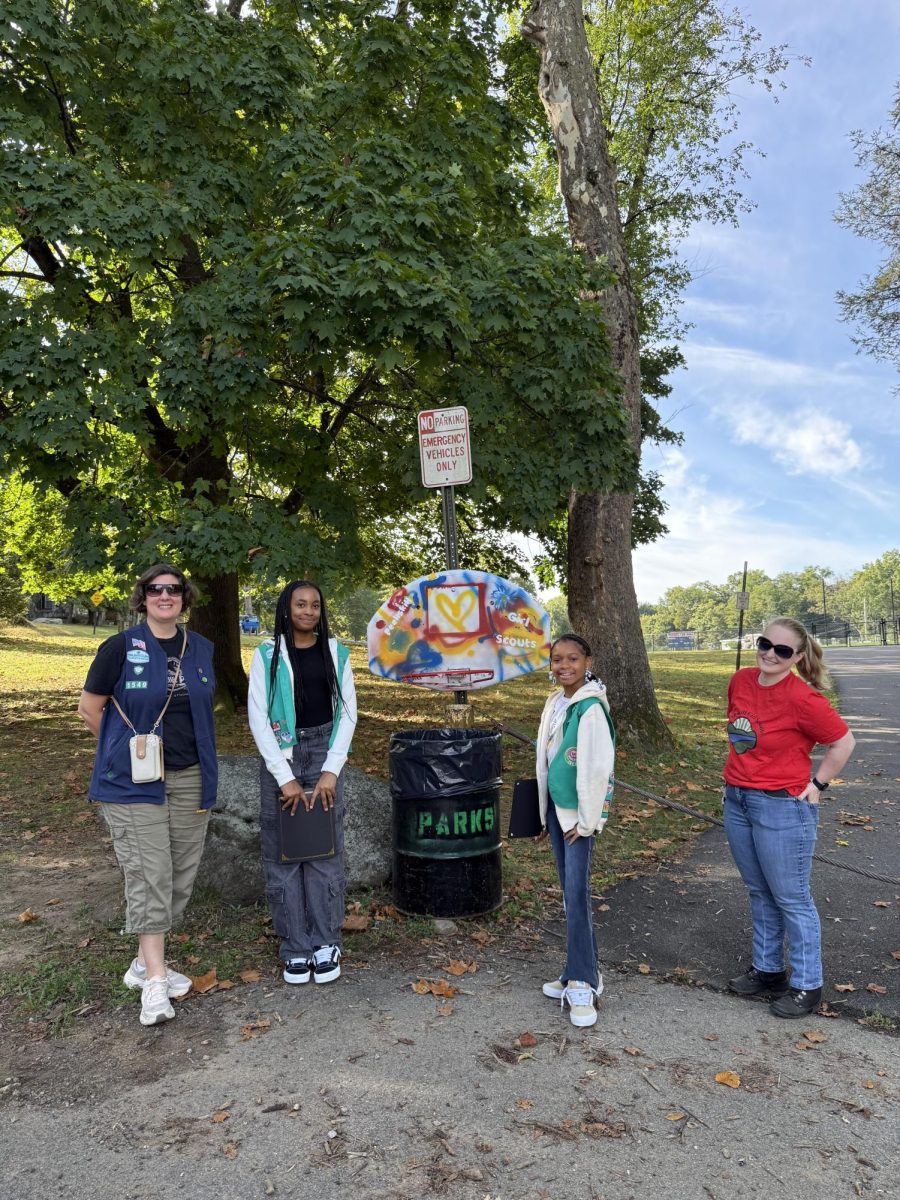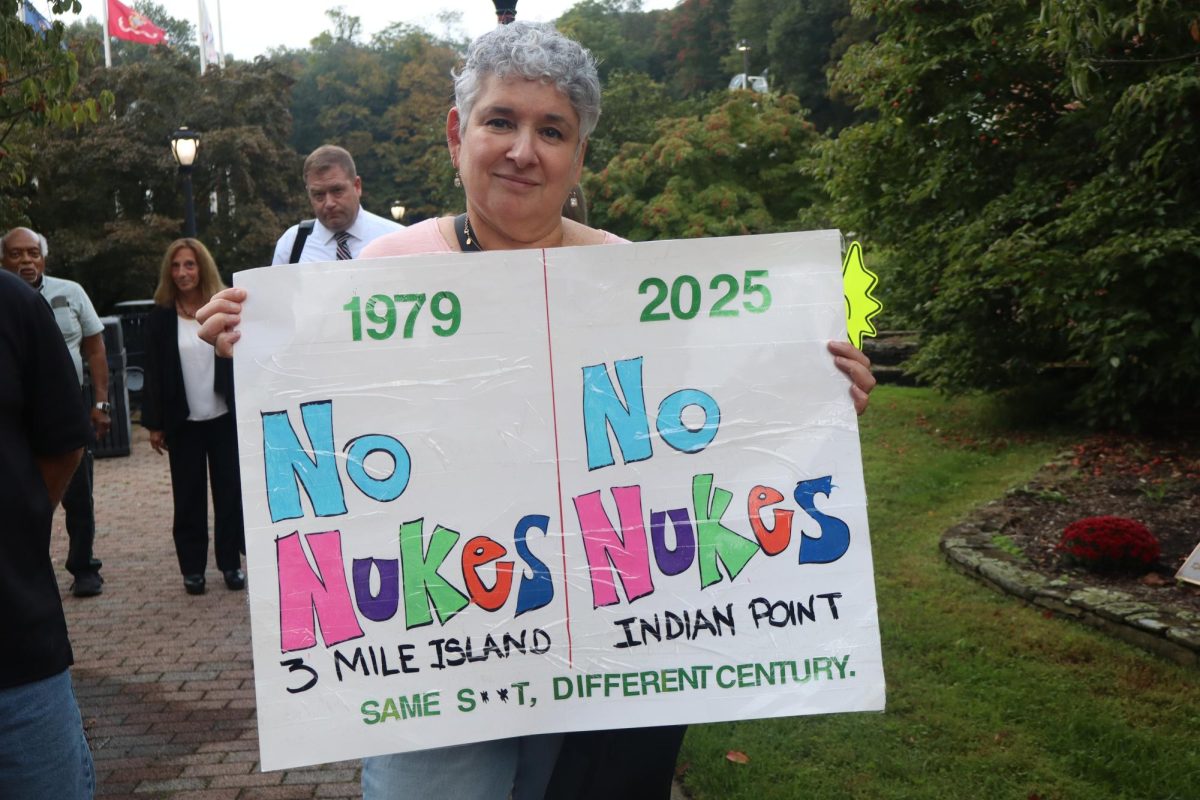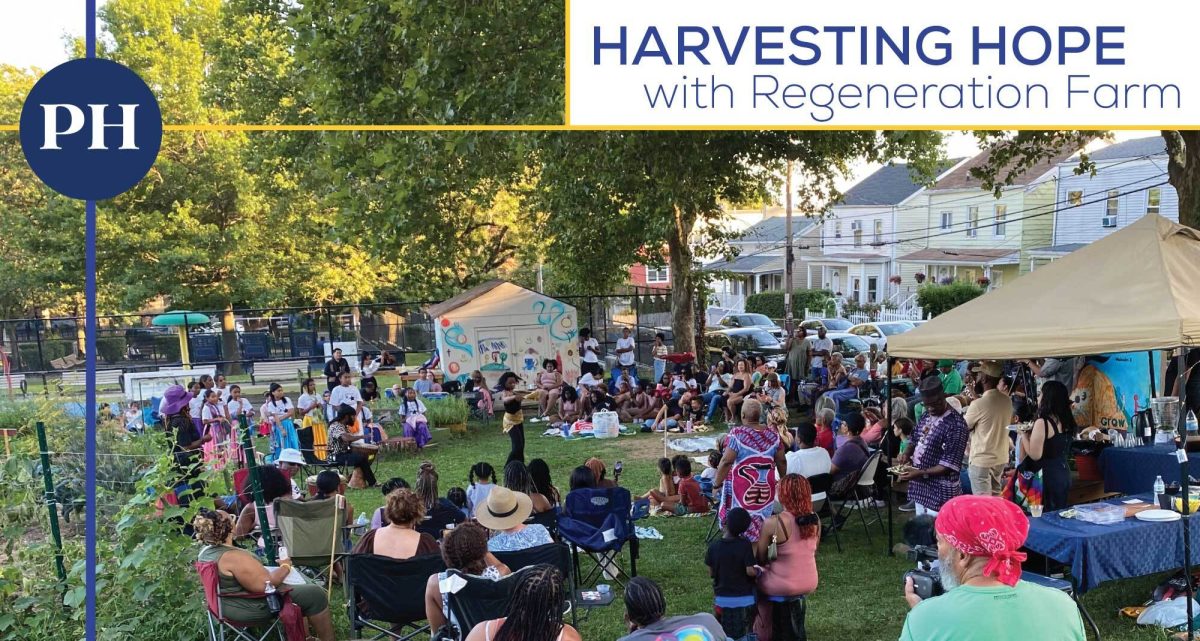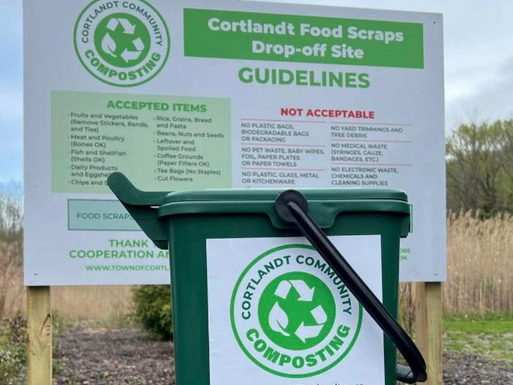In honor of Earth Day, this is the final installment of our series on trash, looking at recycling.
“There is a great future in plastic. Think about it. Will you think about it?” – Mr. Maguire in the 1967 film “The Graduate”
The long snaking path of history reveals to us our best intentions and exposes our missteps. That’s illuminated in the situation we find ourselves in around recycling, in particular plastics. What began as a quest to replicate elephant ivory as the source material of billiard balls has now become, ironically, the method of extinction of much of the marine ecosystem.
In the mid-1800’s when billiards were the game of choice for the elite in the United States and Europe, the balls were made of ivory from elephant tusks. As the game increased in popularity, the demand for the product grew, causing concern that soon the pachyderms would cease to exist. A NY billiards supplier offered $10,000 worth of gold to anyone who could create a knock-off. And thus began the exploration of how to create what would become plastic.
How Plastics Were Invented
Plastic is that ubiquitous material invented about a hundred and fifty years ago and today it’s hard to imagine our lives without it. A wonder product that the petrochemical industry claimed would change the world and create economic growth in our country, plastics are a subset of chemical compounds known as polymers. Polymers are molecules bonded together in long, flexing chains and occur naturally in our bodies in DNA and cellulose or in nature as silk and wool.
When made synthetically, polymers can be fine tuned to leverage advantageous qualities that were unheard of in the early 20th century, from keeping food fresh to making toothbrushes. The word plastic comes from the Greek verb plassein, to mold or shape. The first man-made plastic was celluloid which became the base for photographic film. “By replacing materials that were hard to find or expensive to process, celluloid democratized a host of goods for an expanding consumption-oriented middle class.” noted historian Jeffrey Meikle in his cultural history American Plastic.
It was John Wesley Hyatt, a printer journeyman living in Albany, who experimented in a building behind his house in 1869 and figured out how to simplify the production of celluloid. A mere 38 years later, Leo Baekeland invented Bakelite, a product of synthetic materials made entirely in a lab. But Bakelite is a thermoset plastic meaning that the molecules holding it together can break but they can’t be melted down into something else. They are created in a mold, think of how batter forms into a waffle in an iron. Ninety percent of all the plastics produced today are thermoplastics which means the chemical reactions that hold them together can be melted at high temperatures and can be shaped into something different.
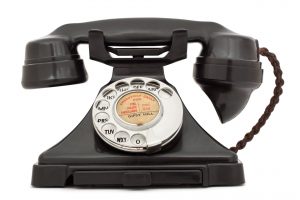
The backbone of synthetic plastic is carbon with nitrogen and hydrogen. When chloride is added to the mix, polyvinyl chloride or what we know as vinyl is created. Add fluorine and it becomes Teflon. Polyethylene is the most common plastic in the world. Ethylene is a gas released in the processing of hydrogen and carbon and depending on how it’s processed, it can form plastics flexible enough to wrap a piece of food or strong enough to secure an astronaut on a space walk.
While there is no disputing the value and contributions the invention of plastic has made to society, we are swimming in it. Just one look at the Giant Pacific Garbage Patch – which has been estimated to be the size of Texas (some believe it’s as large as Russia) – and we know ‘out of sight, out of mind’ isn’t the solution. The eastern portion of the garbage patch is located between Hawaii and California while the western section is between Japan and Hawaii. At a 2017 UN Oceans Conference it was estimated that by 2050, just 29 years from now, the oceans might contain more weight in plastics than fish.
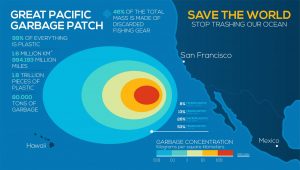
The 29 year prediction poses a glimmer of insight into a way forward. 29 years is also the length of time Westchester County residents have been recycling plastics – and in the world of recycling, it’s all about the numbers. The numbers tell the story — from what type of plastic can be recycled to how many dollars a ton of the material will fetch on the open market. And the importance of Westchester County’s positive story about recycling was confirmed when the market crashed in 2018.
How the Global Market is Connected
Three years ago, China, with its population of 1 billion, decided it didn’t need to import raw materials to feed its booming manufacturing sector, and passed the National Sword policy banning the import of most plastics that weren’t up to more stringent purity standards. This sent shock waves through the global market, as the country took in almost half of the world’s discarded materials. Other Asian countries (Vietnam, Malaysia and Thailand) followed China’s lead and also instituted bans on imported plastic waste. That left the US to send recycled waste to countries with lax environmental rules and cheap labor: Cambodia, Bangladesh, Laos, Ghana, Ethiopia, Kenya and Senegal.
When the Chinese and other Asian markets for recycled material dried up, it wreaked havoc on the economics of getting rid of recyclables. Westchester County was able to navigate the volatility of the market because it had a reputation for ‘clean’ recyclables, according to Lou Vetrone, Deputy Commissioner of Westchester’s Department of Environmental Facilities. “The county’s reputation was stellar for having a clean product and when brokers had the pick of the litter, (so to speak) Westchester was able to stay in the market,” even if it meant getting less per ton. The standard measuring unit of recyclables is a 5’x5’x5’ block of plastic that weighs a ton.
Where do they go?
When you finish eating yogurt from the plastic container or drink all the orange juice in the carton maybe you rinse and toss them in a separate bin in your kitchen. Most likely you put them in a blue box with the recyclable logo on it (or another garbage can designated just for recyclables) and bring it to the curb on Friday for pick up. Or you put them in a clear plastic bag and expect they’ll be taken.

Since 2017 Westchester residents have been able to put milk, juice, and soup cartons in with the glass, cans and bottles because the county upgraded its sorting equipment. These are referred to as commingled recyclables. Once they’ve been picked up by Peekskill’s DPW workers they begin the next stage of their journey to a new life that last year put $860,000 into Westchester County’s revenue stream from the marketing of plastics.

On Fridays, Peekskill’s DPW trucks drive a short distance over the city line to Roa Hook Road at the bottom of Bear Mountain Bridge Road in the Town of Cortlandt. The trucks deposit the recyclables at a transfer station known as the Northern Tier Recycling Facility, run by Westchester County. The county pays rent to the Town of Cortlandt for the use of the space to collect recyclables from seven municipalities in this area: Peekskill, Cortlandt, Buchanan, village and town of Ossining, Yorktown and Croton.
From there, the recyclables get scooped up by a front loader and put in 48-foot long blue trailers for the trip to the county’s Municipal Recycling Facility. Westchester County’s Municipal Recycling Facility or MRF is in Yonkers off the NYS Thruway opposite Home Depot and Stew Leonard’s. It’s there that the recyclables get sorted, crushed and then packed into 5’x’5’x5’ bricks to be sold to third-party manufacturers. At MRF, county workers bale types of plastics separately, but market different materials together in order to garner the best pricing. For example, rather than paying to recycle a bale of #3-7, the county sells it along with bales of # 1 or #2 to a recycler looking to purchase bales of #1 or #2. Numbers one and two garner the highest price of plastic types, with smaller amounts of revenue coming from the sale of rigid plastics and # 4 plastics, which is boat wrap collected from marinas.
Newspaper and cardboard that’s collected on the first Wednesday of every month in Peekskill also travels to the Roa Hook Transfer Station before its trip to MRF in Yonkers where it’s kept separate from the commingled.
The manufacturers recycle the materials into new end products. How can the county be sure the vendors who are buying the recyclables aren’t just dumping them? According to Vetrone, it wouldn’t be a sustainable business model for a company to pay for material it dumps. “We follow-up with vendors who market it for us. A lot of our product ends up as PVC piping.”
The per ton market price for categories of recyclable plastics can vary greatly from month to month and even fluctuates within the month. Last year the County realized $3,576,130 from the sale of all Municipal Recycling Facility (MRF) recyclables. The majority of the revenue comes from the sale of pulp recyclables (paper and cardboard).
Westchester’s Story
When looking at Westchester’s ability to survive the downturn in the global market, a bit of history is needed. Because the US doesn’t have a federal recycling program, it’s up to 33,000 communities throughout the country to make the choice about what and how much to recycle. Westchester County enacted a source separation law in 1992, mandating trash and recycling be separated. In the 29 years since then, the county has a recycling rate of 53 percent, way above the national average of 35 percent. An educated population is one of the reasons the county has such a high recycling rate, said Vetrone. “We have very savvy residents who have been educated for the past 25 years. Recycling has been around a long time and it’s ingrained and people do follow the rules.”
There are other two other factors that contribute to Westchester’s good reputation in the recycling market, said Vetrone. Despite pressure, the county didn’t move into a single stream system, and kept collecting cardboard and plastics separately. According to Vetrone, about ten years ago municipalities were shifting to single steam systems because of its convenience. But it doesn’t save money in the long run because items get contaminated and then can’t be sold.
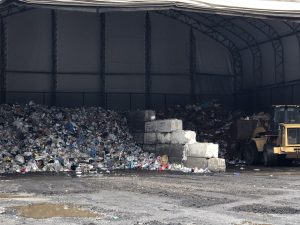
The third factor is the upgrade the county did to its facility in 2012. Mechanical high tech optical sorters were installed. The equipment shoots out thousands of laser beams per second through each plastic container to identify the resin type, allowing them to be properly sorted. In addition to this equipment, paper screeners and human beings work the conveyor belt lines as pickers and sorters. Vetrone reports that at the MRF they screen out and remove approximately 6 percent non-recyclable material from the items collected curbside. Some of that is paper residue and it gets transported to a company able to process it. “As for the plastics, based on our research, we estimate that 96 percent of the plastics coded 1 through 7 are recycled. That means an estimated 98 percent of all the remaining materials, paper and “commingle”, are recycled after screening out the rejects.” The rejects go on a conveyor belt to the Yonkers trash transfer station before coming to the county’s Resource Recovery Plant at Charles Point (aka Wheelabrator).
When the market started to rebound in 2020, the county also saw a 10 percent jump in the residential number of recyclables. Vetrone attributes this to people being home because of the pandemic. “I should also note that our year-to-date recycling revenue in 2021 is up 80% over the same time frame in 2020,” said Vetrone. Next month, the county will share an updated commercial recycling figure.
What goes in that Recycle Container?
Education is a key to making recycling work properly. Vetrone is featured in a series of short videos illustrating what can and can’t go in recycling bins. Filmed in the kitchen of a Westchester County colleague, the videos offer a practical example of how to recycle. Watch this to learn what is considered commingle. Plastic bags NEVER go in a recycle bin. They clog the machinery and can be taken to stores that have a collection receptacle. In New York State any store that is part of a chain (such as CVS or Walgreens) or is over 5,000 square feet has to provide a collection bin for plastic shopping bags. Cardboard that has food on it is trash, this is especially true for pizza boxes. Vetrone also explains what can go in the paper recyclable bin and shows how to handle shredded paper.
The Plastic Numbers and what they mean
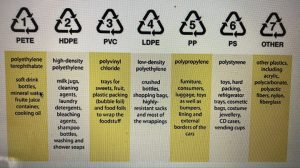
The chasing arrows (as this sign is known) surround a number and was developed by the Society of Plastics Industry. The number indicates the different types of resins used in making plastic products and containers. The different resin types give packaging, containers, and products different characteristics.
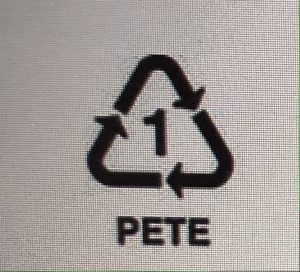 PET or PETE (Polyethylene terephthalate) There’s a good chance you’ve held something made of this plastic type today. PET or PETE is what’s used to make bottles for soda, water and other drinks. It’s also used to make cooking oil containers, plastic peanut butter jars and containers for other popular food items. PET can be recycled into fiberfill for sleeping bags, carpet fiber, rope and pillows. In Westchester PET/PETE products can be recycled.
PET or PETE (Polyethylene terephthalate) There’s a good chance you’ve held something made of this plastic type today. PET or PETE is what’s used to make bottles for soda, water and other drinks. It’s also used to make cooking oil containers, plastic peanut butter jars and containers for other popular food items. PET can be recycled into fiberfill for sleeping bags, carpet fiber, rope and pillows. In Westchester PET/PETE products can be recycled.
 HDPE (High density polyethylene) HDPE plastics are also extremely common. They’re used to make milk jugs, shampoo bottles, cleaning product containers and detergent bottles.They can be recycled into non-food bottles and recycling bins. In Westchester HDPE products can be recycled.
HDPE (High density polyethylene) HDPE plastics are also extremely common. They’re used to make milk jugs, shampoo bottles, cleaning product containers and detergent bottles.They can be recycled into non-food bottles and recycling bins. In Westchester HDPE products can be recycled.
 PVC (Polyvinyl chloride) PVC is a soft, flexible plastic, so it’s used for a huge array of household products. Plastic tubing, kids’ toys, plastic trays and furniture are often made out of PVC. It can be recycled into drainage and irrigation pipes. In Westchester PVC can be recycled.
PVC (Polyvinyl chloride) PVC is a soft, flexible plastic, so it’s used for a huge array of household products. Plastic tubing, kids’ toys, plastic trays and furniture are often made out of PVC. It can be recycled into drainage and irrigation pipes. In Westchester PVC can be recycled.
 LDPE (Low density polyethylene) A lot of plastic wrappings are made of LDPE plastic. It’s also used to make grocery bags and the bags that hold newspapers, sliced bread loaves and fresh produce, among other things. It can be recycled into furniture and flooring. In Westchester, LDPE can be recycled.
LDPE (Low density polyethylene) A lot of plastic wrappings are made of LDPE plastic. It’s also used to make grocery bags and the bags that hold newspapers, sliced bread loaves and fresh produce, among other things. It can be recycled into furniture and flooring. In Westchester, LDPE can be recycled.
 PP (Polypropylene) This is a number that is desirable to brokers. It is used to make food containers used for products like yogurt, sour cream and margarine. It’s also made into straws, bottle caps, brooms, brushes and garden rakes. In Westchester, PP can be recycled.
PP (Polypropylene) This is a number that is desirable to brokers. It is used to make food containers used for products like yogurt, sour cream and margarine. It’s also made into straws, bottle caps, brooms, brushes and garden rakes. In Westchester, PP can be recycled.
 PS (Polystyrene) This is unique because it comes in many different forms. It can be found as both a rigid,clear plastic as well as a foamed material where the plastic has been ‘expanded’ by air into a foam. Polystyrene is also used in other different forms for construction and building projects. Styrofoam products are made out of PS plastic, so it’s commonly used to make disposable coffee cups, packing peanuts, coolers and to-go food containers. In Westchester, PS can be recycled.
PS (Polystyrene) This is unique because it comes in many different forms. It can be found as both a rigid,clear plastic as well as a foamed material where the plastic has been ‘expanded’ by air into a foam. Polystyrene is also used in other different forms for construction and building projects. Styrofoam products are made out of PS plastic, so it’s commonly used to make disposable coffee cups, packing peanuts, coolers and to-go food containers. In Westchester, PS can be recycled.
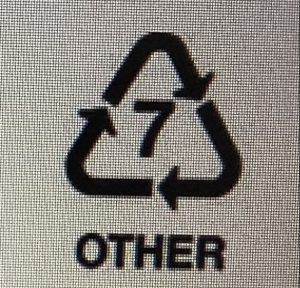 Other Any type of plastic that doesn’t fit into one of the first six categories falls under this heading Products stamped with a 7 are often made out of multiple plastic types or other types of plastic that can’t easily be recycled. But in Westchester, even #7’s can be recycled.
Other Any type of plastic that doesn’t fit into one of the first six categories falls under this heading Products stamped with a 7 are often made out of multiple plastic types or other types of plastic that can’t easily be recycled. But in Westchester, even #7’s can be recycled.
Solutions and Innovations
There is an adage that every crisis brings opportunity. The decision by China to close its borders to recyclables presents an opportunity for this country to develop its recycling infrastructure. Our dependency on China prevented us from creating an efficient and economical way to handle our waste, and when the bottom fell out of the market, we had nowhere to send our recyclables.
Increased awareness on the part of the consumer of the need for recycling, and the projected demand for high quality recycled materials can drive the market. The global plastic recycling market is projected to grow by $14.74 billion between now and 2024. A part of that increased education involves the other two R’s in the three R’s equation: Reduce and Reuse.
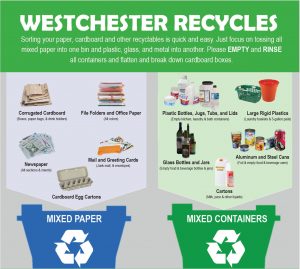
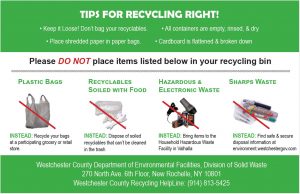
Education and advocacy are crucial to ‘fixing’ our recycling system. It is only by shifting our thinking and changing our practices that the lookback of history will judge this period as one where we seized the opportunity to correct a misstep.


